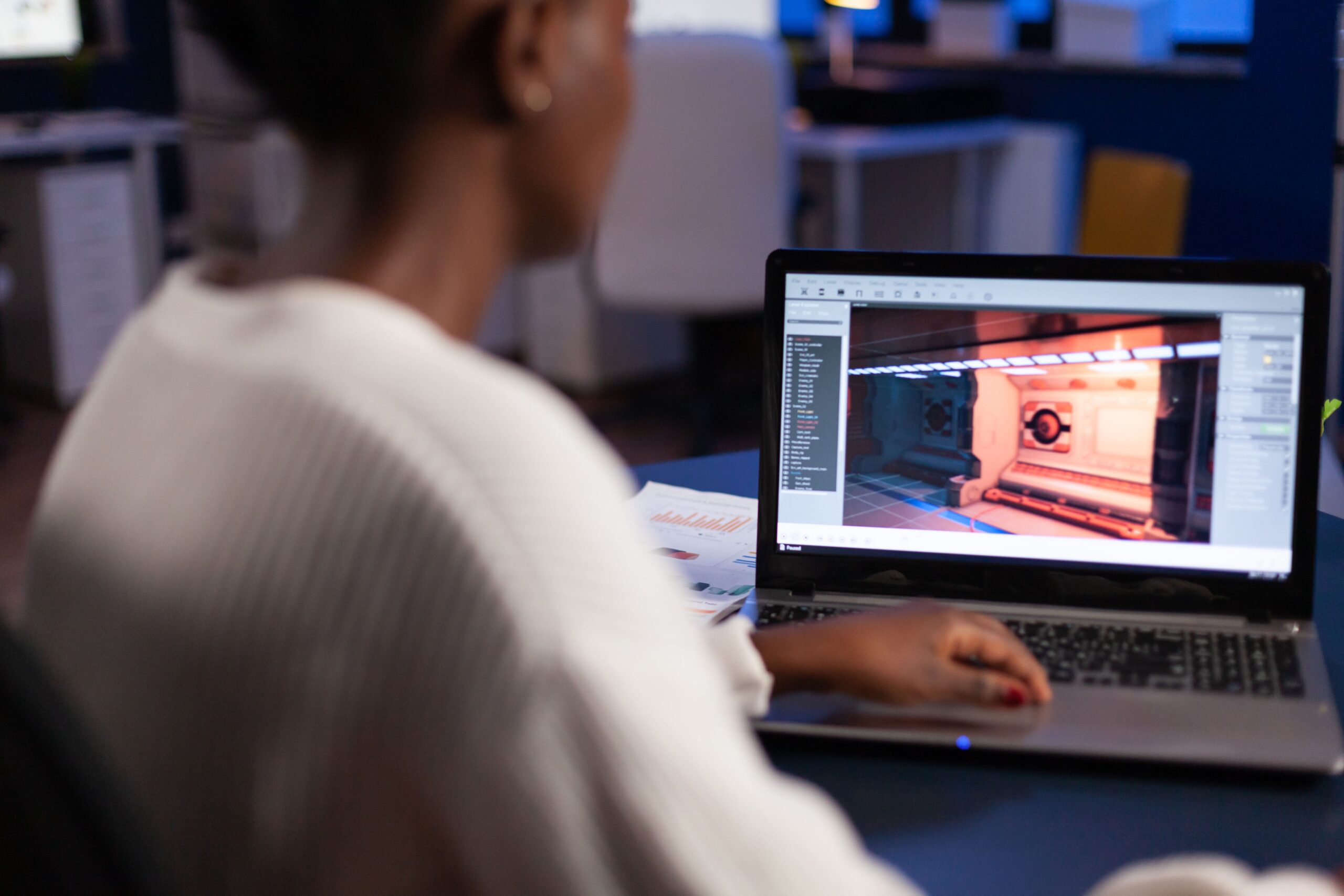Anticipation is a fundamental principle in animation that adds depth and realism to motion. It involves setting up the audience’s expectations before the action occurs, creating a sense of anticipation and engagement. Whether it’s a character preparing to jump or an object about to fall, anticipation is key to making movements feel natural and believable.
Understanding Anticipation in Animation
In animation, anticipation serves as a crucial element in creating dynamic and engaging movements. By incorporating anticipation into your animations, you can enhance the impact of actions and make them more visually appealing. Anticipation allows viewers to anticipate the upcoming action, creating a sense of tension and excitement.
The Role of Anticipation in Character Animation
In character animation, anticipation plays a significant role in conveying emotions and intentions. By adding subtle movements or poses before a major action, animators can build anticipation and prepare the audience for what’s to come. For example, a character pulling back before throwing a punch or crouching before jumping adds depth and realism to the movement.
Creating Anticipation in Object Animation
Anticipation is not limited to character animation; it is equally important in object animation. Objects can also benefit from anticipation to make their movements more engaging. For instance, a ball rolling back before being thrown or a door swinging open after being pushed can create anticipation and make the action more impactful.
Techniques for Incorporating Anticipation
There are various techniques that animators can use to incorporate anticipation into their animations effectively:
- Exaggeration: Exaggerating the anticipation phase can make the subsequent action more dynamic and engaging. By amplifying the movements leading up to the main action, animators can create a sense of anticipation that captures the audience’s attention.
- Timing: The timing of the anticipation phase is crucial in animation. Adjusting the duration of the anticipation can affect the overall impact of the movement. Experimenting with different timing variations can help find the right balance to create anticipation effectively.
- Secondary Actions: Adding secondary actions during the anticipation phase can enhance the overall animation. These secondary actions can complement the main movement and add depth to the character or object’s performance.
- Overlap: Overlapping actions can be used to create a smooth transition between the anticipation phase and the main action. By overlapping movements, animators can achieve a more natural and fluid animation that enhances the sense of anticipation.
Benefits of Mastering Anticipation in Animation
Mastering anticipation in animation offers several benefits, including:
- Enhanced Realism: Anticipation makes movements feel more natural and realistic, adding authenticity to animations.
- Engagement: Anticipation captivates the audience’s attention and creates a sense of anticipation, making animations more compelling.
- Expressiveness: Anticipation allows animators to convey emotions and intentions effectively, adding depth to character performances.
- Impactful Movements: By incorporating anticipation, animators can make actions more impactful and visually appealing.
Conclusion
Incorporating anticipation into your animations can elevate the quality of your work and create more engaging and dynamic motion sequences. Experiment with different techniques and approaches to master the art of anticipation in animation.
Key Takeaways:
- Anticipation is a core animation principle that prepares the audience for an upcoming action, making the movement feel natural and believable.
- It builds tension and expectation, enhancing the visual impact and emotional engagement of a scene.
- In character animation, anticipation expresses intent and emotion—small pre-movements make major actions more convincing.
- Objects also benefit from anticipation, as slight pre-actions make motion more dynamic and realistic.
- Effective anticipation relies on key techniques such as exaggeration, timing, secondary actions, and overlapping movements.
- Proper timing and exaggeration can dramatically increase energy and clarity in animated actions.
- Mastering anticipation adds realism, emotional depth, and stronger visual storytelling to any animation.
- Practicing anticipation helps animators create smoother, more expressive, and more engaging motion sequences.
For further insights and practical knowledge in the animation industry, consider enrolling in Yellowbrick’s Animation Industry Essentials online course and certificate program to excel in the dynamic field of animation.







